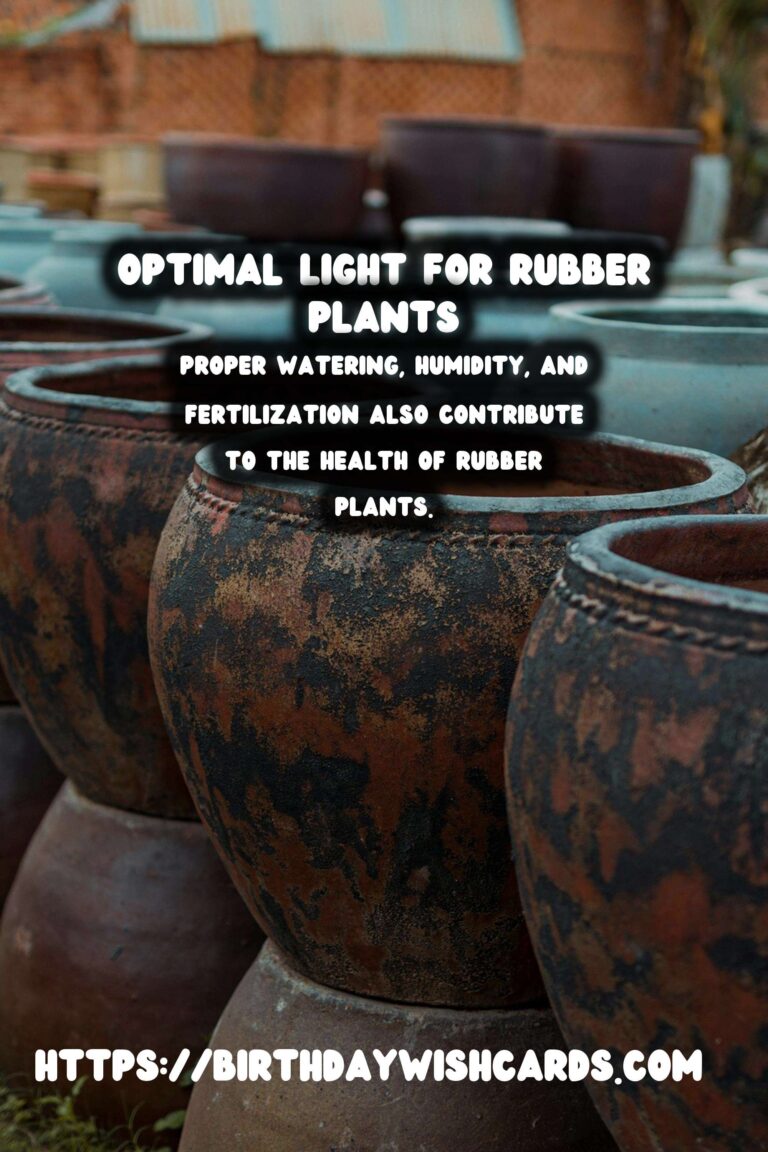
Rubber plants, scientifically known as Ficus elastica, are popular houseplants appreciated for their large, glossy leaves and striking appearance. To ensure these plants thrive and maintain their vibrant colors, understanding their light requirements is crucial. This comprehensive guide will explore how light affects rubber plants and provide practical tips for optimal care.
Understanding the Role of Light in Plant Health
Light is a fundamental factor in photosynthesis, the process through which plants convert light energy into chemical energy. For rubber plants, light not only influences growth but also leaf color and overall plant health. Inadequate or excessive light can lead to issues such as leaf drop, discoloration, and stunted growth.
Ideal Light Conditions for Rubber Plants
Rubber plants thrive in bright, indirect light. This mimics their natural habitat under the canopy of larger trees, where they receive filtered sunlight. Direct sunlight can scorch the leaves, causing brown spots and faded colors. On the other hand, too little light may result in a leggy plant with dull, dark green leaves.
To achieve optimal light conditions, place your rubber plant near an east or north-facing window. If only south or west-facing windows are available, use sheer curtains to diffuse the sunlight. This will help maintain the plant’s vibrant colors without risking damage from direct rays.
Signs Your Rubber Plant Needs More Light
While rubber plants are relatively forgiving, they will exhibit certain signs if they are not receiving enough light. Look for these indicators:
- Slow Growth: A rubber plant that isn’t growing may need more light.
- Leaf Drop: If your plant is shedding more leaves than usual, it may be a sign of inadequate light exposure.
- Loss of Variegation: Variegated rubber plants, such as the ‘Tineke’ or ‘Ruby’ varieties, may lose their unique patterns if not provided with enough light.
Adjusting Light Conditions for Optimal Color
Adjusting the light conditions for your rubber plant can help restore its color and vigor. Here are some tips:
- Rotate the Plant: Turn your rubber plant every few weeks to ensure even light distribution and balanced growth.
- Move Closer to Light Source: If your rubber plant is not thriving, try moving it closer to a window to increase light exposure.
- Use Artificial Lighting: In rooms with limited natural light, consider using grow lights to supplement lighting needs.
Additional Tips for Healthy Rubber Plants
Besides light, several other factors contribute to the health and color of rubber plants:
- Watering: Overwatering can lead to root rot. Allow the top inch of soil to dry out before watering.
- Humidity: Rubber plants prefer higher humidity levels. Mist the leaves or use a humidifier to maintain adequate moisture.
- Fertilization: Feed your plant with a balanced, water-soluble fertilizer every month during the growing season.
Conclusion
Understanding and optimizing the light requirements for rubber plants is essential for maintaining their vibrant colors and overall health. By providing the right amount of indirect light, along with proper care practices, you can enjoy a thriving and visually appealing rubber plant in your home or office. Remember, attentive care and adjustments to the growing environment will ensure your rubber plant remains a beautiful and enduring part of your indoor garden.
Rubber plants thrive in bright, indirect light to maintain their vibrant colors and health. Direct sunlight can scorch rubber plant leaves, while too little light may lead to leggy growth and dull colors. Signs of inadequate light include slow growth, leaf drop, and loss of variegation in rubber plants. Adjusting light conditions by rotating the plant, moving it closer to light, or using grow lights can help restore color. Proper watering, humidity, and fertilization also contribute to the health of rubber plants. 
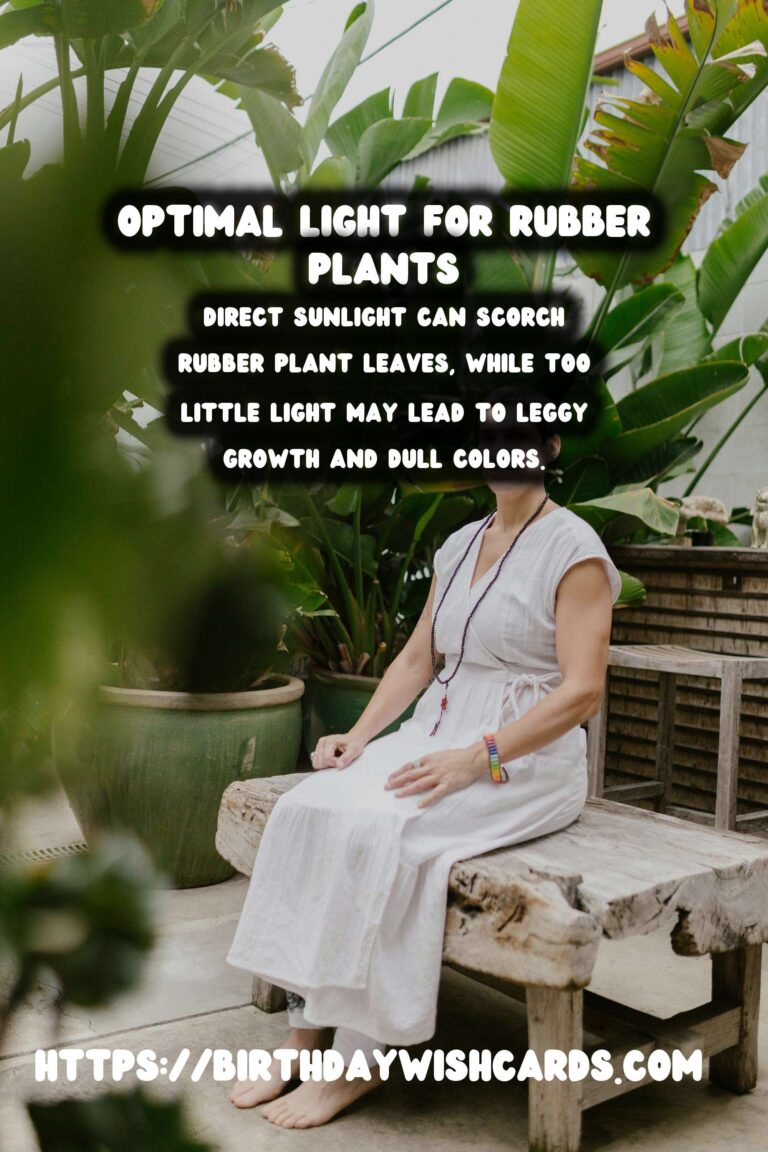
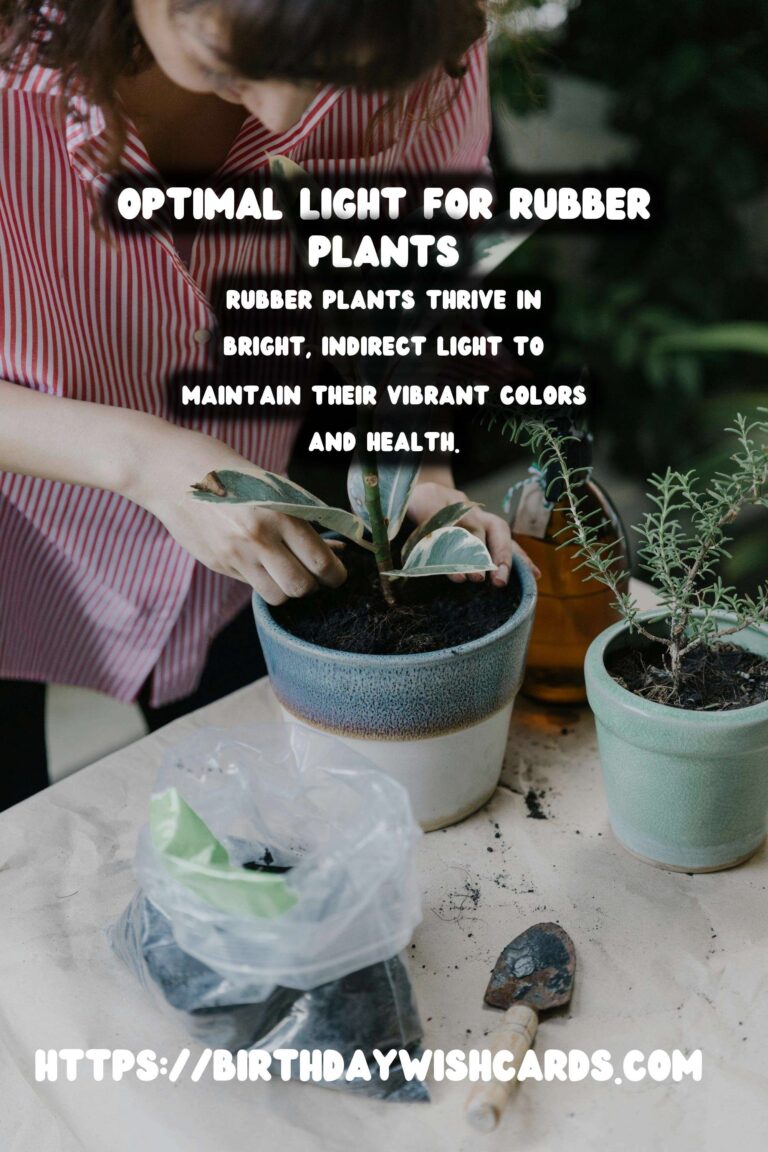
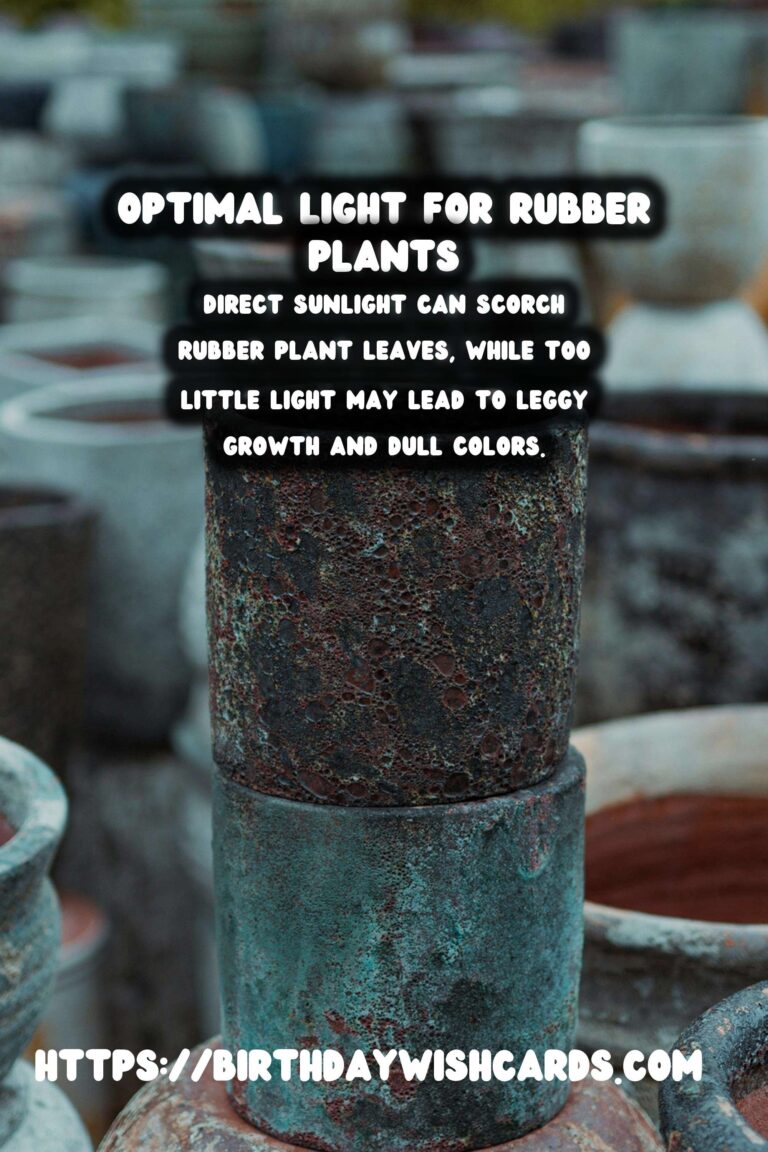
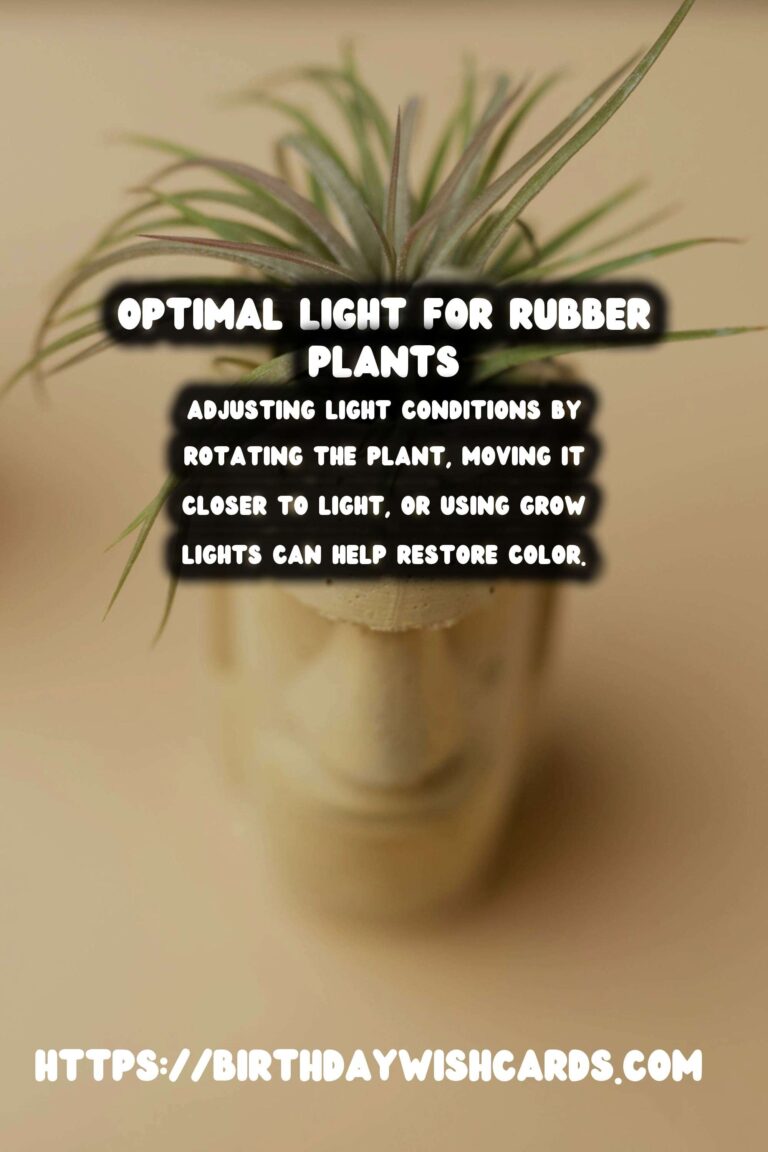
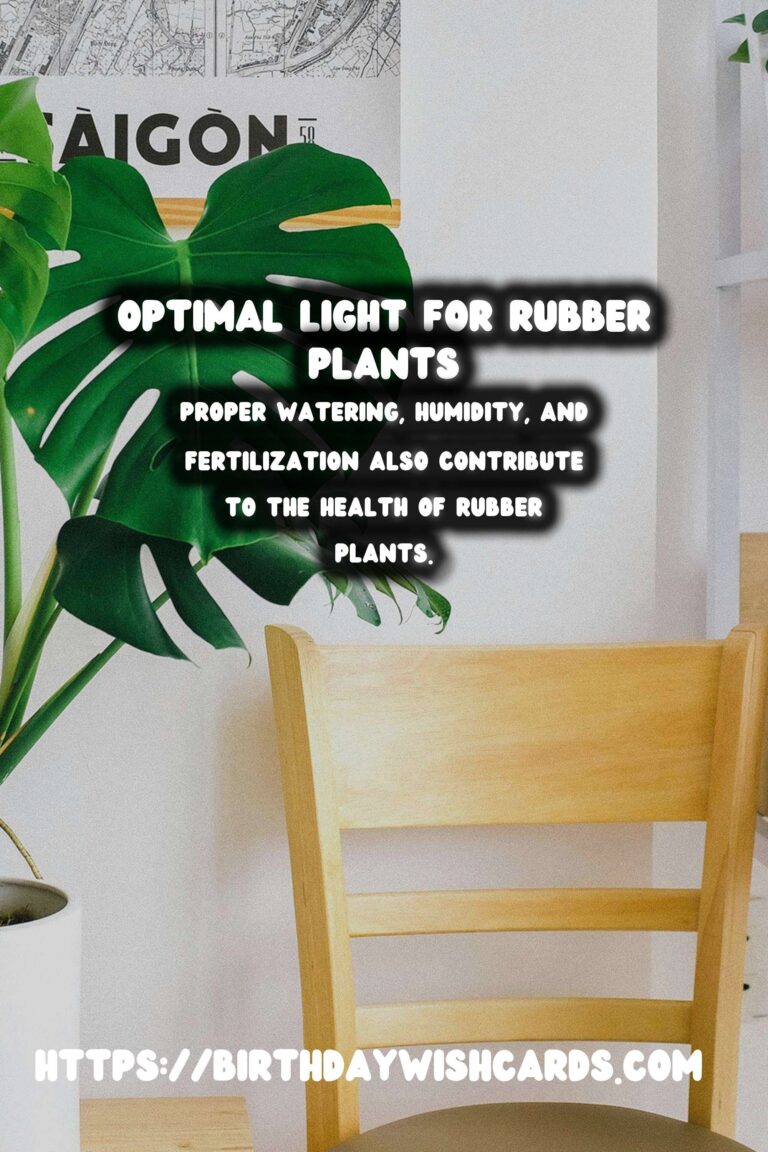
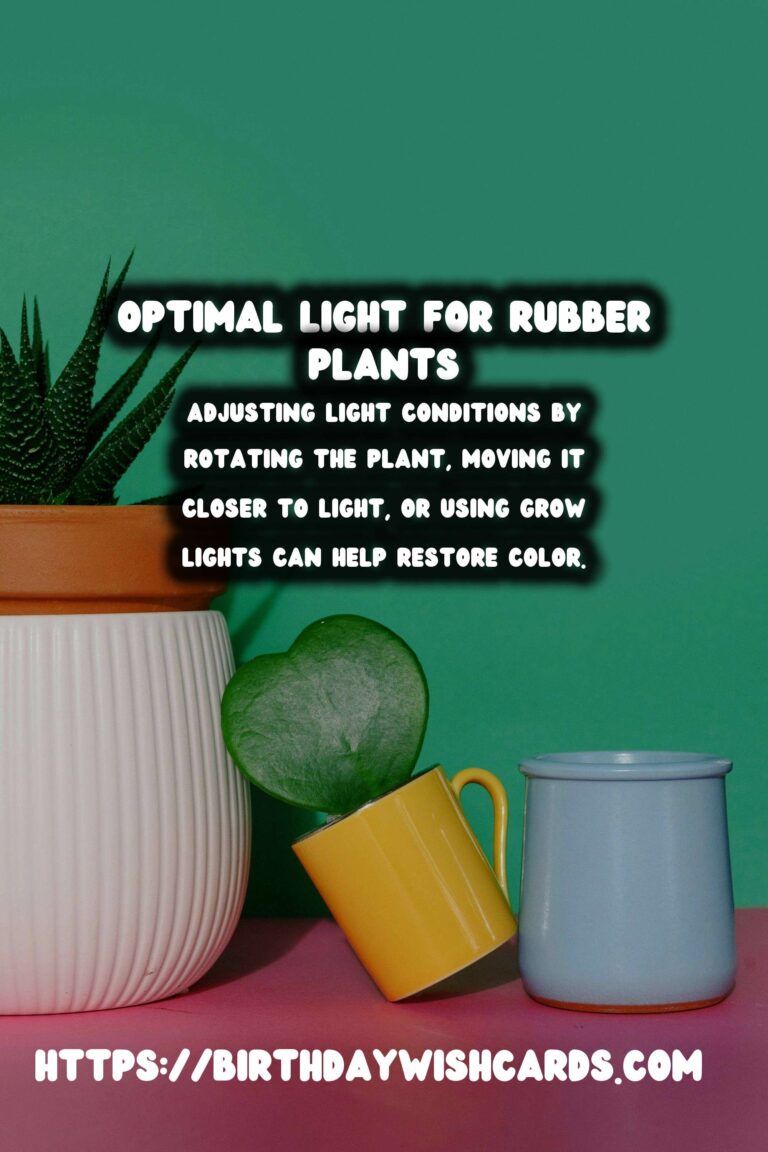
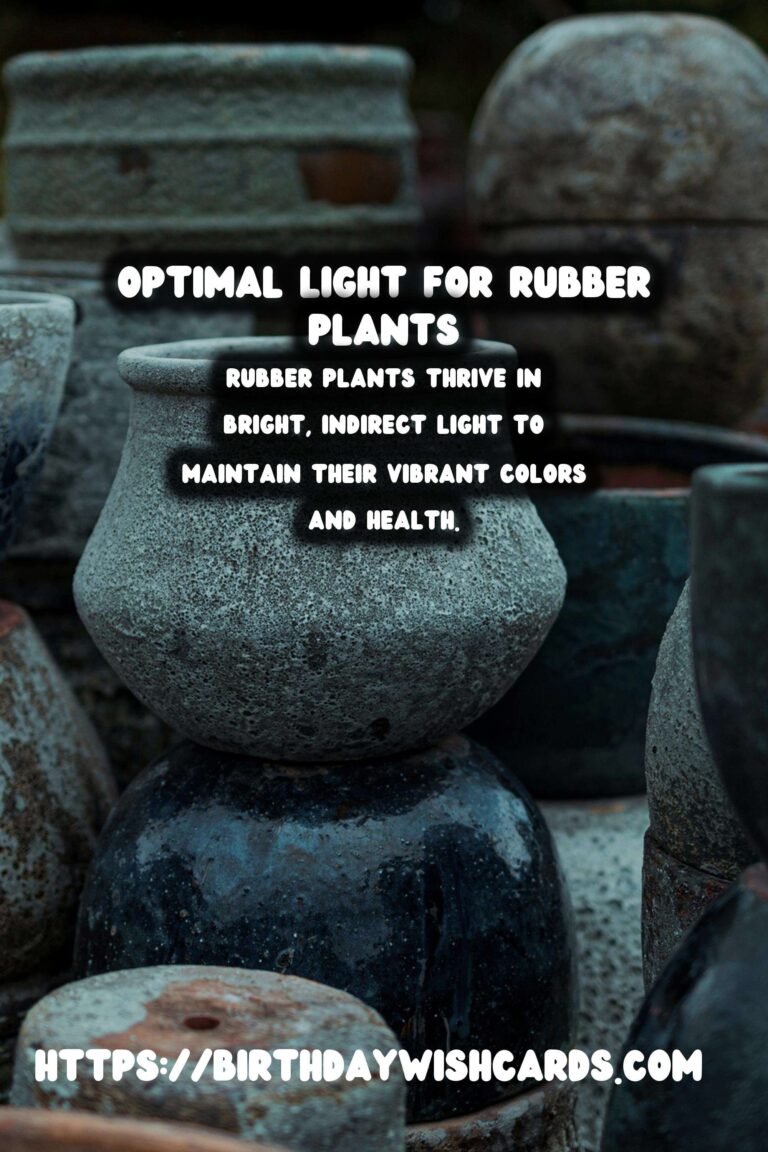
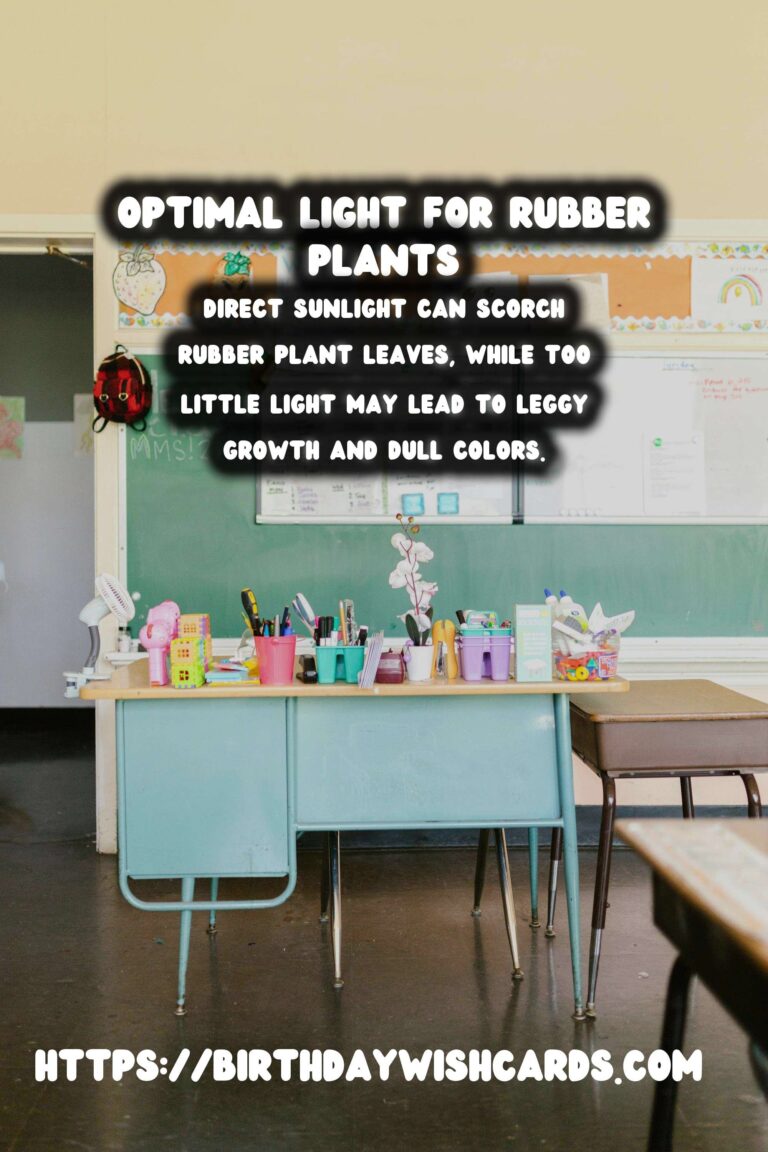
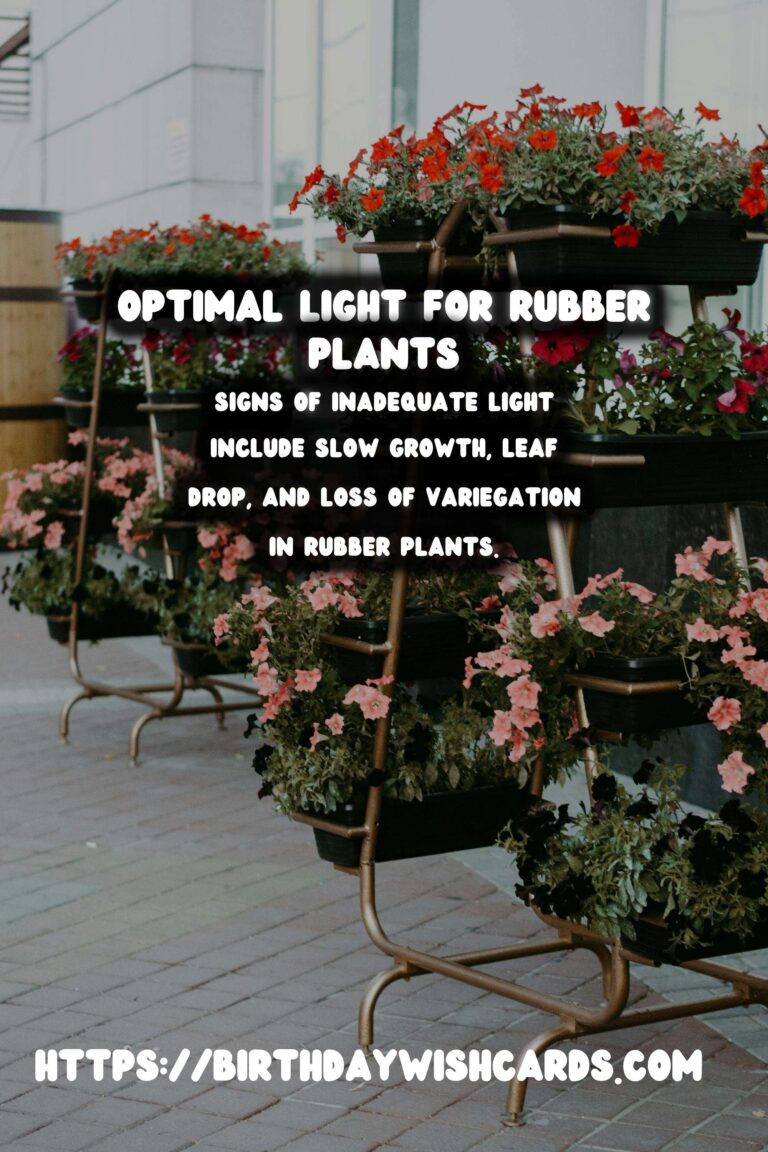
#RubberPlantCare #IndoorPlants #PlantHealth #Houseplants #FicusElastica




